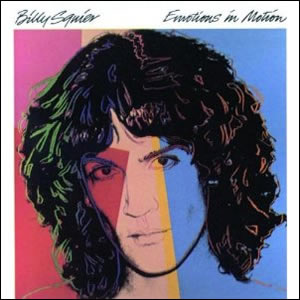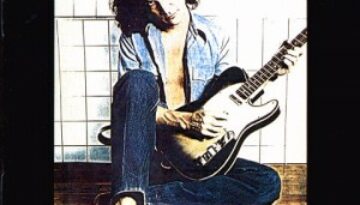Emotions in Motion by Billy Squier
Buy Emotions in Motion Billy Squier delivered a second straight solid hard rocker with 1982’s Emotions in Motion, the third overall solo release by the Massachusettes native. While continuing much of the solid […]

Buy Emotions in Motion Billy Squier delivered a second straight solid hard rocker with 1982’s Emotions in Motion, the third overall solo release by the Massachusettes native. While continuing much of the solid […]

Buy Don’t Say No Bily Squier was an odd figure on the pantheon of rock. On the one hand, there is no doubt that he was a very talented vocalist with exception songwriting […]